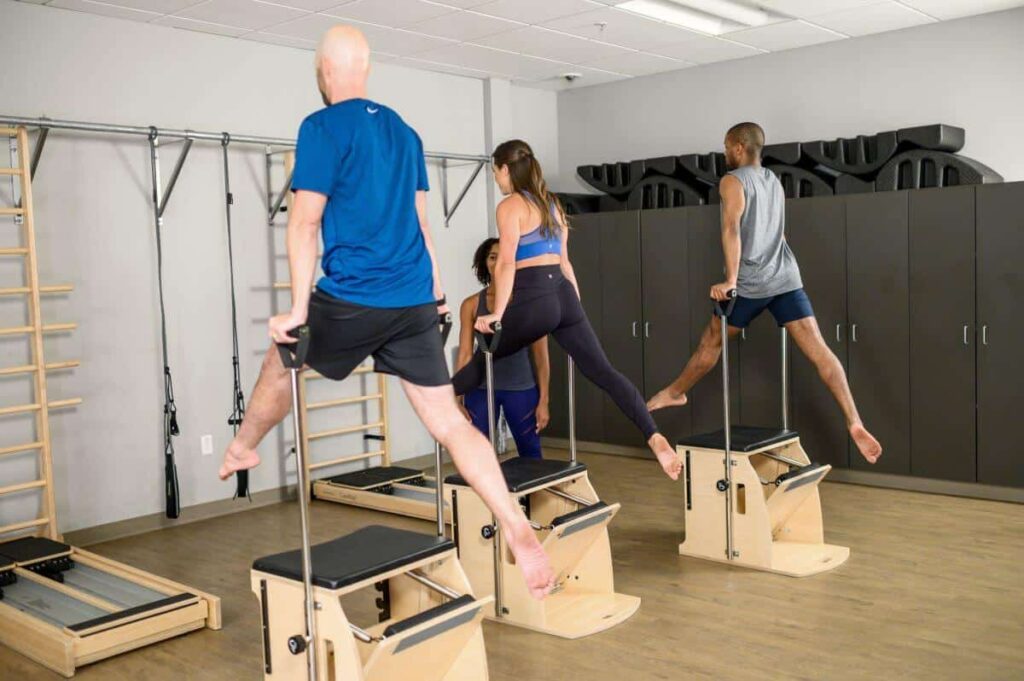The Rise of Online Fitness Programs in Australia: Why More Aussies Are Sweating from Home
Introduction
Over the last decade, Australia’s fitness culture has transformed dramatically. Once defined by bustling gyms, sunrise bootcamps on the beach, and weekend park runs, the scene now includes a powerful new player—online fitness programs. From yoga streamed into living rooms to high-intensity interval training (HIIT) apps guiding busy professionals, Australians are increasingly turning to the digital world to stay active. But what sparked this shift, and why are so many Aussies choosing to sweat from home?
A Historical Perspective: Traditional Fitness in Australia
Fitness has always been woven into Australian lifestyle. With its sunny climate and love for the outdoors, activities like surfing, running, cycling, and outdoor group bootcamps have long been popular. In urban areas, gyms and fitness studios thrived, offering weights, spin classes, and personal training sessions. For decades, face-to-face fitness experiences were the standard—where camaraderie, competition, and accountability drove results.
However, as work schedules grew more demanding and city commutes lengthened, many Australians began looking for fitness solutions that offered flexibility without compromising effectiveness.
See more: Top 5 Benefits of Using a Pilates Soft Ball in Your Workouts
The Shift to Digital
The move toward online fitness didn’t happen overnight. A combination of factors paved the way:
- Technology adoption – The rise of fitness apps, wearable devices, and faster internet made virtual workouts seamless.
- Busy lifestyles – Australians juggling work, study, and family found it hard to commit to gym schedules.
- COVID-19 pandemic – Lockdowns acted as a catalyst, forcing people to adapt and bringing virtual classes into the mainstream.
- Affordability – Monthly subscriptions to digital platforms often cost a fraction of gym memberships.
- Convenience – Workouts could now fit into anyone’s lifestyle—whether during lunch breaks, late at night, or early mornings at home.
The result was a cultural shift: fitness became accessible anytime, anywhere, making it easier for Australians across all age groups and fitness levels to participate.
Benefits of Online Fitness Programs
The appeal of online fitness is undeniable, offering a range of benefits that align perfectly with modern Australian life:
- Flexibility – Work out at any time without being bound to a gym timetable.
- Accessibility for rural areas – Australians living outside major cities now enjoy the same quality workouts as urban dwellers.
- Variety – From Pilates and dance to strength training and meditation, digital platforms offer endless choices.
- Cost-effectiveness – Subscriptions or pay-per-class models make fitness more affordable.
- Personalisation – Many platforms tailor programs to individual goals, whether that’s weight loss, muscle gain, or general wellbeing.
Challenges and Concerns
Despite the rise in popularity, online fitness programs aren’t without challenges:
- Lack of in-person motivation – Not everyone thrives without the encouragement of a trainer or workout buddy.
- Screen fatigue – For those already working online, another hour in front of a device can feel draining.
- Accountability issues – Skipping workouts becomes easier without scheduled classes or trainers waiting.
- Quality control – With so many programs available, finding safe, effective, and credible instructors can be difficult.
These concerns highlight that while online fitness is convenient, it’s not a one-size-fits-all solution.

Success Stories: Aussies Embracing Digital Fitness
Across the country, Australians are finding innovative ways to embrace digital fitness. From parents squeezing in a 20-minute HIIT session between school runs to rural residents joining live-streamed yoga with instructors in Sydney, the reach of online programs is transforming how people connect with health. Communities on platforms like Keep It Cleaner, Centr, and Sweat are creating supportive networks where Aussies share progress, motivation, and encouragement—proving that even digital spaces can foster camaraderie.
Future Trends in Online Fitness
The digital fitness revolution is only just beginning. Emerging trends are set to push the boundaries even further:
- AI-powered trainers that adjust workouts in real-time.
- Virtual Reality (VR) workouts, making exercise immersive and fun.
- Inclusive fitness programs catering to all ages, abilities, and body types.
- Hybrid models where gyms offer both in-person and online options for maximum flexibility.
These innovations suggest that the next generation of fitness in Australia will be even more personalised and engaging.
Conclusion
The rise of online fitness programs in Australia reflects more than just a pandemic-driven trend—it signals a broader cultural shift in how Aussies approach health and wellness. While gyms and outdoor training will always hold their place, digital platforms are providing an accessible, affordable, and flexible alternative. Rather than replacing traditional fitness, online programs are complementing them, creating a well-rounded approach to staying active.
In the end, whether sweating it out in the lounge room, on the beach, or at the gym, Australians are proving that fitness is about adaptability, balance, and embracing new ways to stay healthy in an ever-changing world.







